Google has patented the creation of an innovative ‘sticky’ car bonnet, which is designed to prevent a person from being flung off the bonnet and on to the road in the event of a collision.
The system targets this ‘secondary stage’ of a pedestrian impact, where most fatalities occur, suggesting it could drastically reduce the number of pedestrian deaths if it were to be successfully integrated into vehicles.
The patent has been published on the USPTO (United States Patent and Trademark Office), revealing its technical details. It shows that a car’s bonnet is covered in an adhesive layer, finished with an outer shell that can be painted to match the rest of the body. The outer shell prevents debris from sticking to the adhesive, but in the event of a pedestrian hitting the surface, this outer shell breaks to allow the person to bind to the adhesive below.
FCA to test autonomous cars with Google
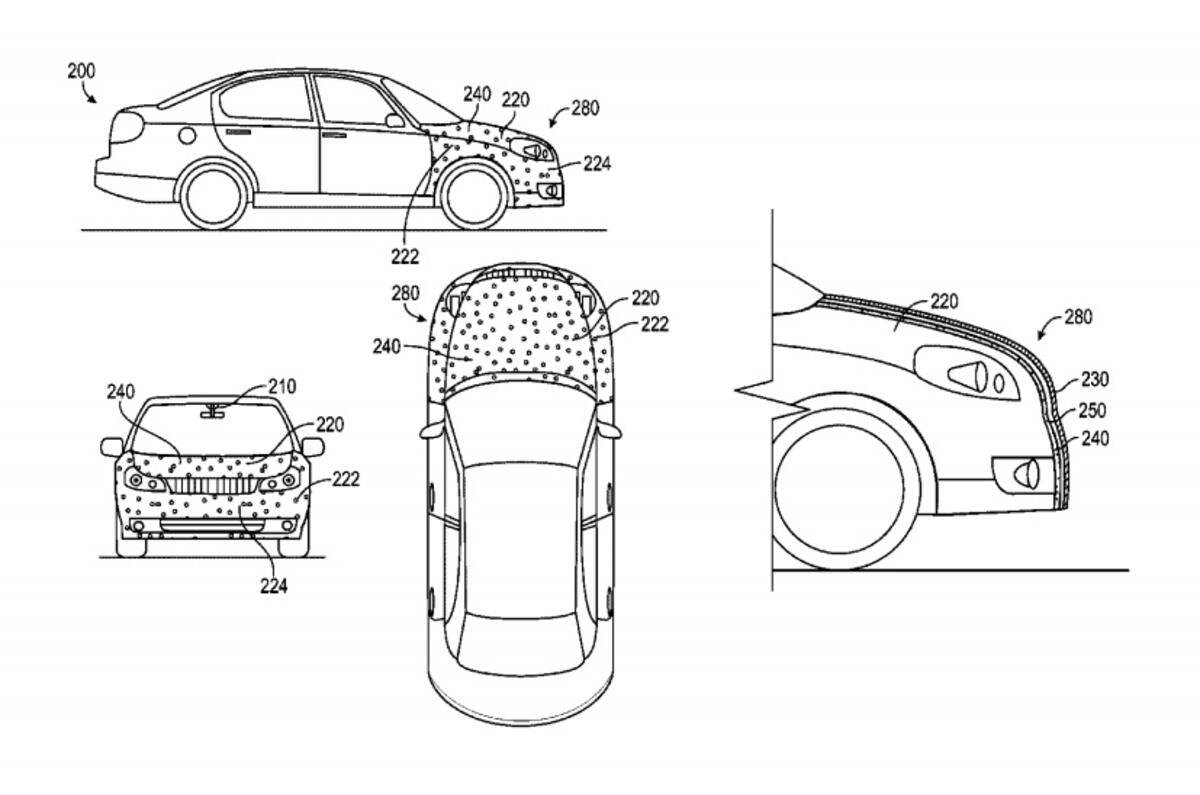
The technology is primarily designed for use on driverless vehicles - of which Google is a key player in advancing automotive technology with its fleet of autonomous vehicles - but it could have the potential to be adapted for use with other automotive platforms. Some reports even suggest the system could be adapted to cater for collisions with other road hazards including bikes and animals.
Google hasn’t released any official information about the technology at this stage, so we’re yet to find out if it will ever be used on a production vehicle. However, the level of detail and research demonstrated in the patent application confirm it’s something the technology giant has clearly invested time and money in.
Google isn’t the only company researching advances in pedestrian safety, both Volvo and Jaguar have also shown an interest in improving road safety in this way, with Volvo’s external airbags – mounted to the car’s windscreen – one example of the systems it has developed.

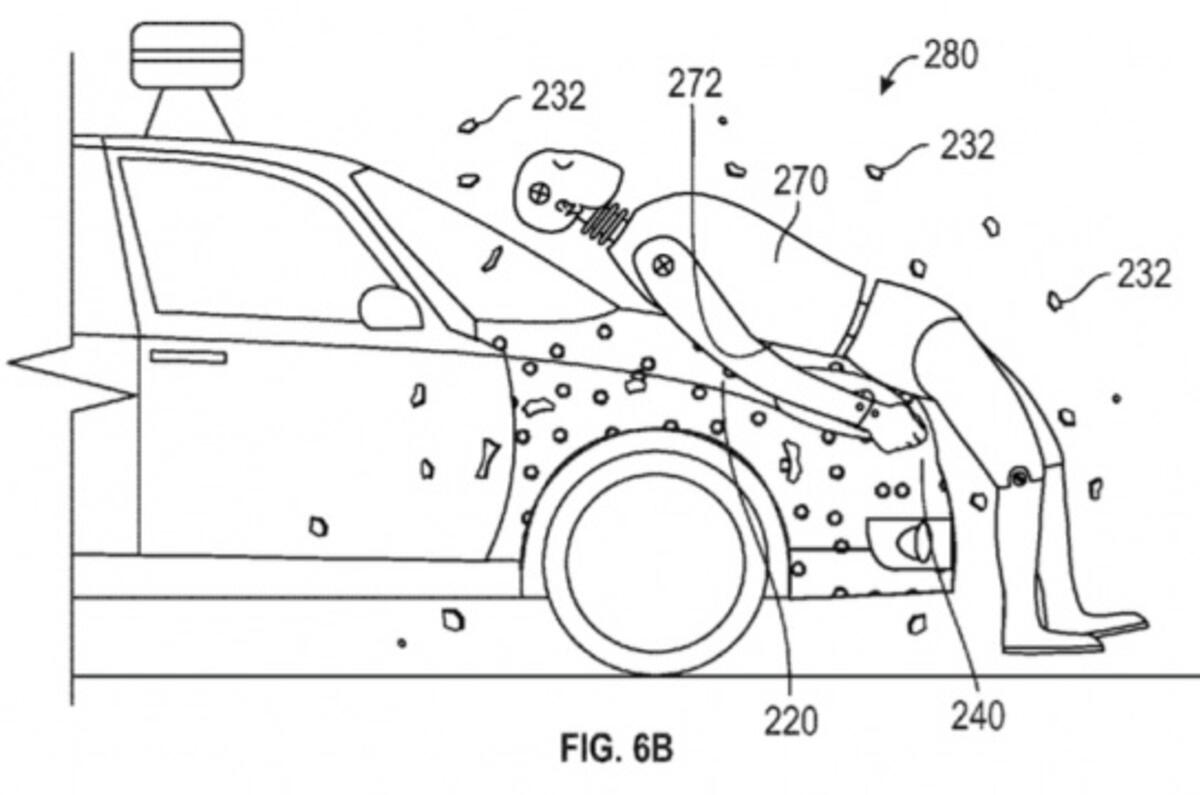
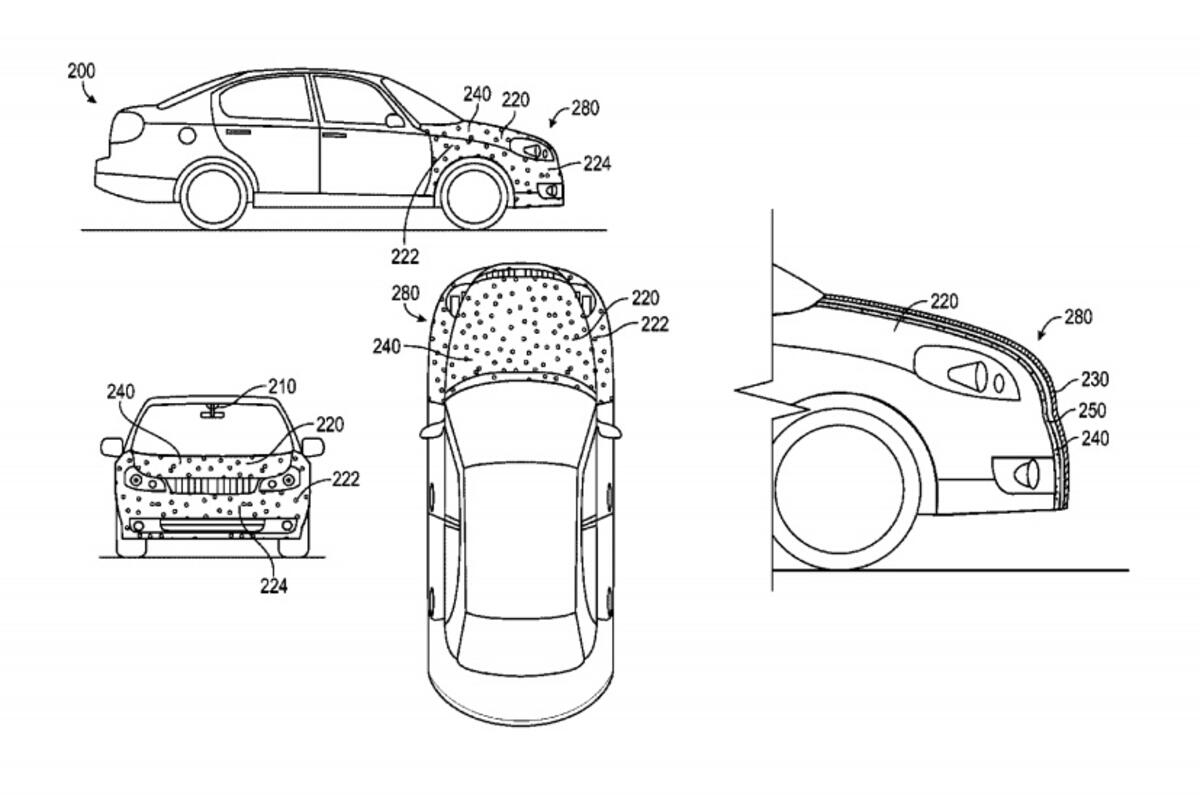
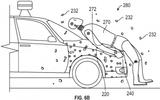
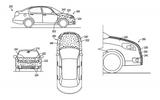



Join the debate
Add your comment
Really?
There should be an override function where it detects cell phone use of the pedestrian about to be hit.
Flypaper!
Sounds like flypaper to me.
Put a big spike on the front, then no one will step out in front
Oh Dear